This post may contain affiliate links. Read our disclosure policy.
Chocolate Ganache is like liquid gold.
It tastes rich and creamy. It looks shiny and elegant.
If I can find any use for it, I will absolutely go overboard. In my mind, ganache elevates any dessert recipe to a whole new level with its ultra-chocolaty flavor and luscious texture.
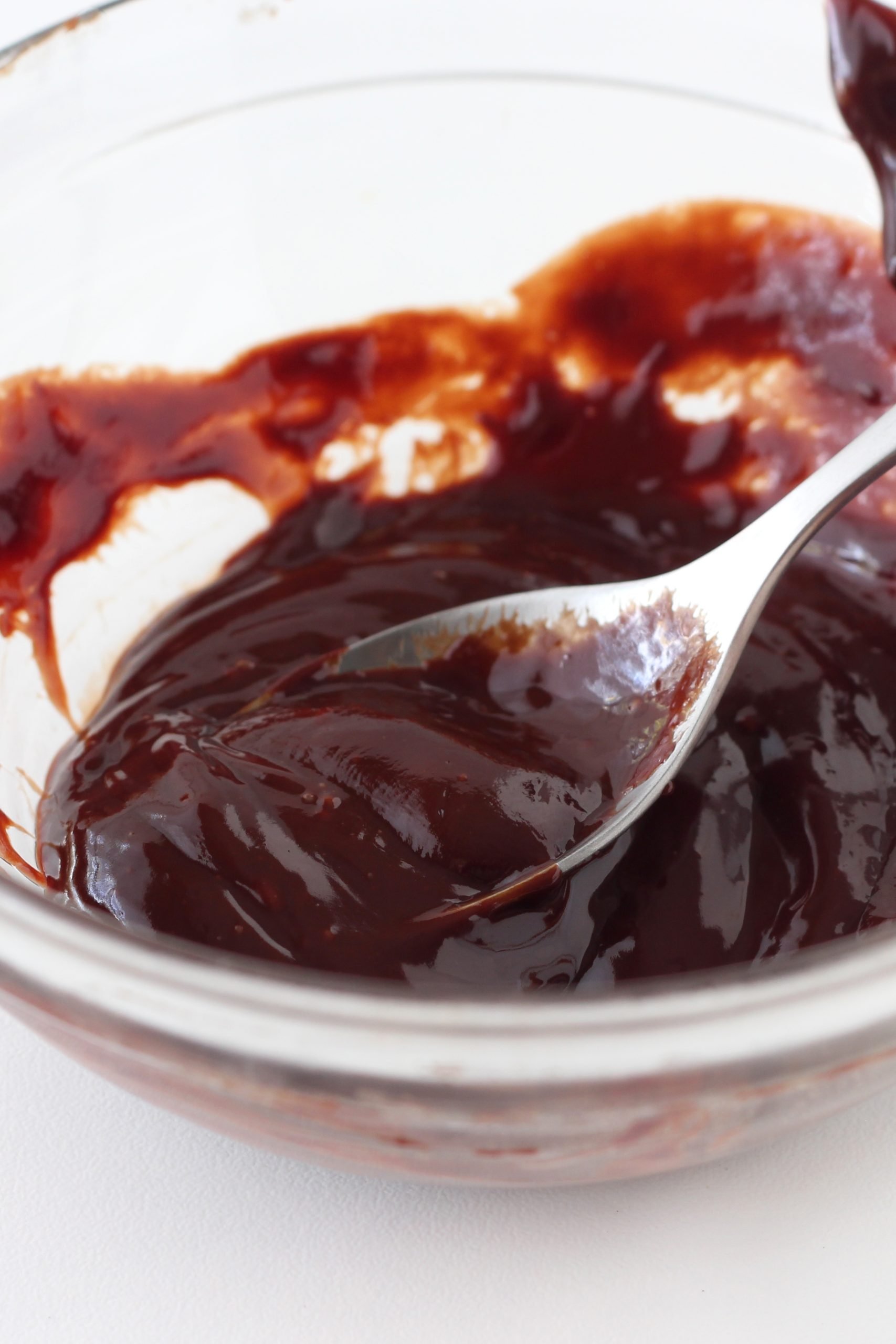
I use it in many of the recipes I create, so I thought a detailed step-by-step video and tutorial covering all the ratio options for ganache, alongside flavor ideas, would be so fun.
With this post as your guide, you can pretty much create any kind of ganache for any dessert with any flavor!
How to Make Chocolate Ganache
1. Chop the Chocolate
- Coarsely chop the chocolate with a serrated knife then transfer to a heatproof bowl.
- You can use chocolate chips, but since they have ingredients added to help them keep their chip shape, you’re best off using a bar of baking chocolate and chopping it yourself.
- Since ganache has only two ingredients, be sure to use the highest quality ingredients possible for the best flavor.
- You can use milk or white chocolate, but note that since they contain much more milk than semisweet or bittersweet chocolate, they can be more susceptible to heat damage. This means you must be very careful not to overheat. Additionally, the extra milk in these chocolates also makes for a softer ganache, so reduce the amount of cream used.
2. Heat the Cream
- Bring the cream to just a boil over medium-high heat. Don’t allow the cream to boil over!
- You can also heat the cream in the microwave, but watch it carefully.
- Pour the heated cream over the chopped chocolate and let stand for 5 to 10 minutes, to allow the hot cream to melt the chocolate, and to allow the overall temperature to reduce. Emulsions like ganache form better at 90 to 110°F.
- The higher the fat content of the cream, the richer and more stable the ganache will be.
- Heavy whipping cream is the traditional choice, but you can even use crème fraiche or sour cream. You’ll just need to heat the crème fraiche/sour cream and chocolate together in a double boiler until melted and smooth.
- You might be able to get away with using nondairy alternatives such as soy milk or almond milk, but the texture will not be as rich and creamy.
3. Whisk
- Start slowly, then vigorously whisk the mixture in one direction until smooth and creamy.
- This may take a little while, just keeping whisking.
- The ingredients won’t want to mix at first, but by forcing them to do so, we are creating an emulsion, which leads to that thick, rich texture everyone loves about ganache.
Basic Ganache Ratios
The ratio of chocolate to cream greatly impacts the final texture. Which ratio to use will depend on your need and preferences. These ratios don’t have to be perfect, you can increase or decrease the chocolate to cream depending on your desired consistency. Note that as ganache cools, it becomes increasingly thick and solid.
1:1 Ratio Ganache
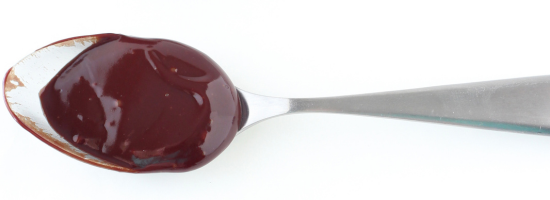
To make ganache for a layer cake filling or to cover with a thick glaze, like with my Guinness Chocolate Cake with Irish Buttercream, use equal parts chocolate and cream.
To glaze a cake, cheesecake, or other dessert with ganache:
- Let the ganache sit uncovered until it’s at room temperature, about 15 minutes, before pouring over the cake.
- Start pouring in the middle gently working your way to the edges.
- You can either do a single coating or let the ganache pour over the sides.
2:1 Ratio Ganache
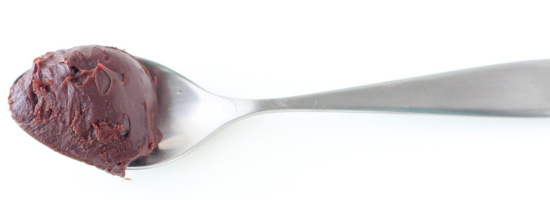
- For a very thick, almost solid fudge-like ganache which is perfect for making truffles or thick fillings for cookie sandwiches, macarons, or tarts, you want to use twice as much chocolate compared to the cream.
- This would mean 8 ounces of chocolate to 4 ounces (1/2 cup) of cream.
- This ganache will become solidified as it cools, especially in the fridge.
- To make for a solid yet chewy texture and shiny appearance, add a tablespoon of corn syrup along with the cream.
For tons of tips on making truffles, check out my Ultimate Truffle Guide.
1:2 Ratio Ganache
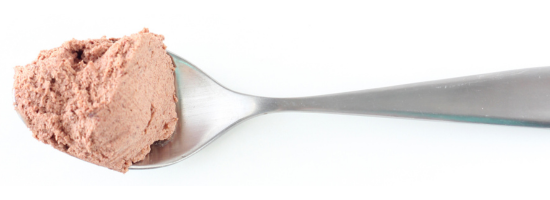
- For thin, pourable ganache glaze use a 1:2 ratio, one part chocolate to two parts cream.
- This is great for dipping fruit in or pouring over ice cream!
- It’s especially perfect for making whipped ganache, which is photographed above.
- Whipped ganache tastes like a combination of chocolate whipped cream and chocolate mousse.
Ganache Flavor Options
Some of these flavor additions may change the consistency of the ganache. Add more cream or chocolate as you see fit.
- Salt: To bring out the sweet flavor of the ganache, add 1/8 teaspoon salt to the hot mixture.
- Liqueurs and Brandies: Substitute 1 to 2 ounces of the cream with a flavored liqueur such as Grand Marnier, Bailey’s, Chambord, or a brandy such as Armagnac to the warm ganache.
- Other flavorings: Add flavored extracts, fruit purees, espresso powder, or spices to the warm ganache.
- Peanut Butter or Nutella: Add 2 tablespoons to a 1/4 cup smooth peanut butter or Nutella along with the chopped chocolate to the hot cream.
- Cream infusion: As you heat the cream, infuse it with flavor. Bring to a boil, then add fresh mint leaves, tea, herbs such as lavender, coffee beans, or citrus zest and let sit for 5 to 10 minutes. Strain before using. Note that you may need to rewarm the cream before adding it to the chocolate.
Storage: How to Store Ganache
- Always store with a piece of plastic wrap pressed against the surface to prevent any film or crust from forming.
- The general rule is that classic ganache may stay at room temperature for up to 2 days, then must be refrigerated.
- If you’d rather be safe (which I recommend), keep it refrigerated for all storage.
- Ganache can be frozen for up to 1 month.
- Thaw in the fridge then let come to room temperature before using.
- The reason some classic ganache recipes can be stored at room temperature (though some would disagree with that) is because the sugar and fat content is so high it actually binds the water together in a way that microorganisms can’t utilize it to grow and thrive. Because of this I feel comfortable leaving ganache out at a cool room temperature for several hours if I need to.

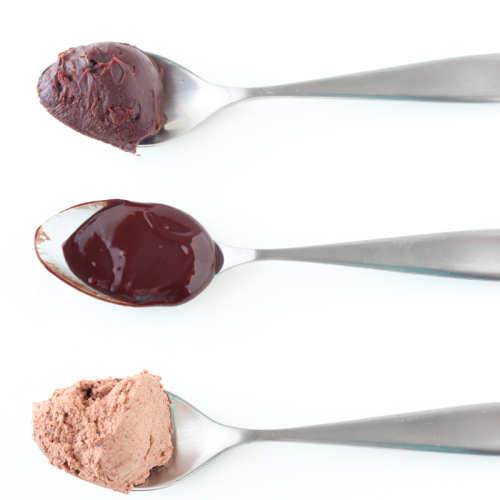
Chocolate Ganache
Ingredients
1:1 ratio ganache: for thick glazes, fillings, and frostings
- 8 ounces chocolate
- 1 cup (8 ounces) heavy cream
2:1 ratio ganache: for very thick, almost solid fudge-like ganache for truffles, tart fillings, etc.
- 8 ounces chocolate
- 1/2 cup (4 ounces) heavy cream
1:2 ratio ganache: for very thin, pourable ganache for dipping, ice cream, or whipping
- 4 ounces chocolate
- 1 cup (8 ounces) heavy cream
Instructions
- Coarsely chop the chocolate with a serrated knife then transfer to a heatproof bowl.
- Pour the cream into a small saucepan set over medium-high heat and bring just to a boil. Pour over the chopped chocolate and let stand for 5 to 10 minutes to allow the hot cream to melt the chocolate and to allow the overall temperature to reduce, because emulsions form better at 90 to 110°F.
- Vigorously whisk the mixture in one direction until smooth and creamy. This may take a little while, just keep whisking. If using as a glaze, allow to cool for 15 minutes before pouring. If using for truffles, cover and chill for 1 hour, or until solid yet malleable, before scooping balls. If using as a frosting, allow to chill for 4 hours, or until almost solidified, before using.
Whipped Ganache
- To make whipped ganache, let a 1:2 ratio ganache chill in the fridge until thickened, about 1 hour. Whip with an electric mixer fitted with the whisk attachment, slowly increasing the speed to medium-high. Whip until just light in color and fluffy in texture. Be careful not to overwhip which will lead to a grainy texture. If this happens, reheat the ganache in a double boiler then strain and start again.
Recipe Notes
This post was originally published in 2015 and updated with additional recipe tips in 2023.


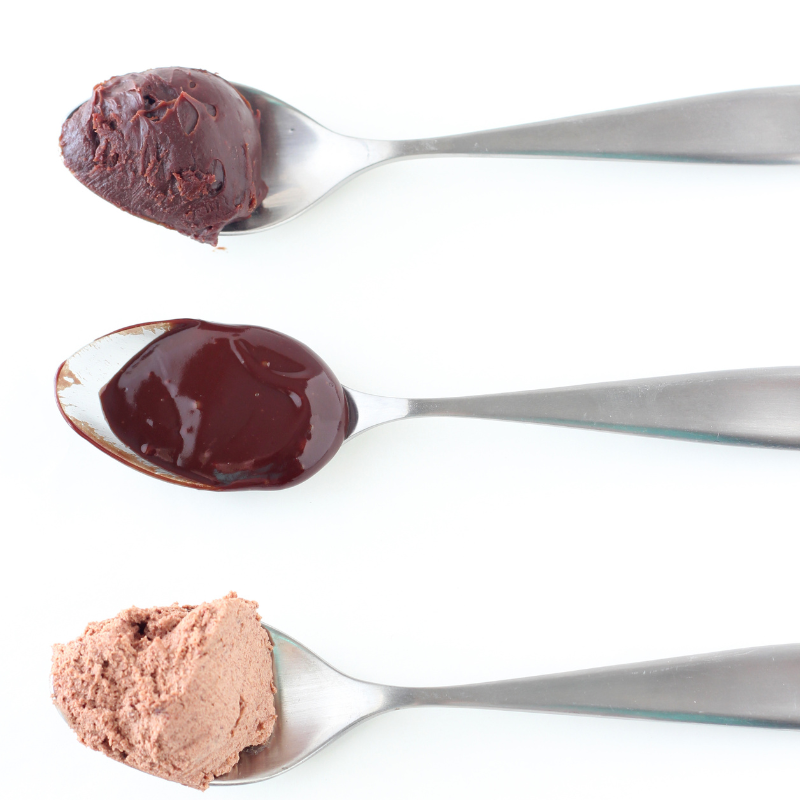
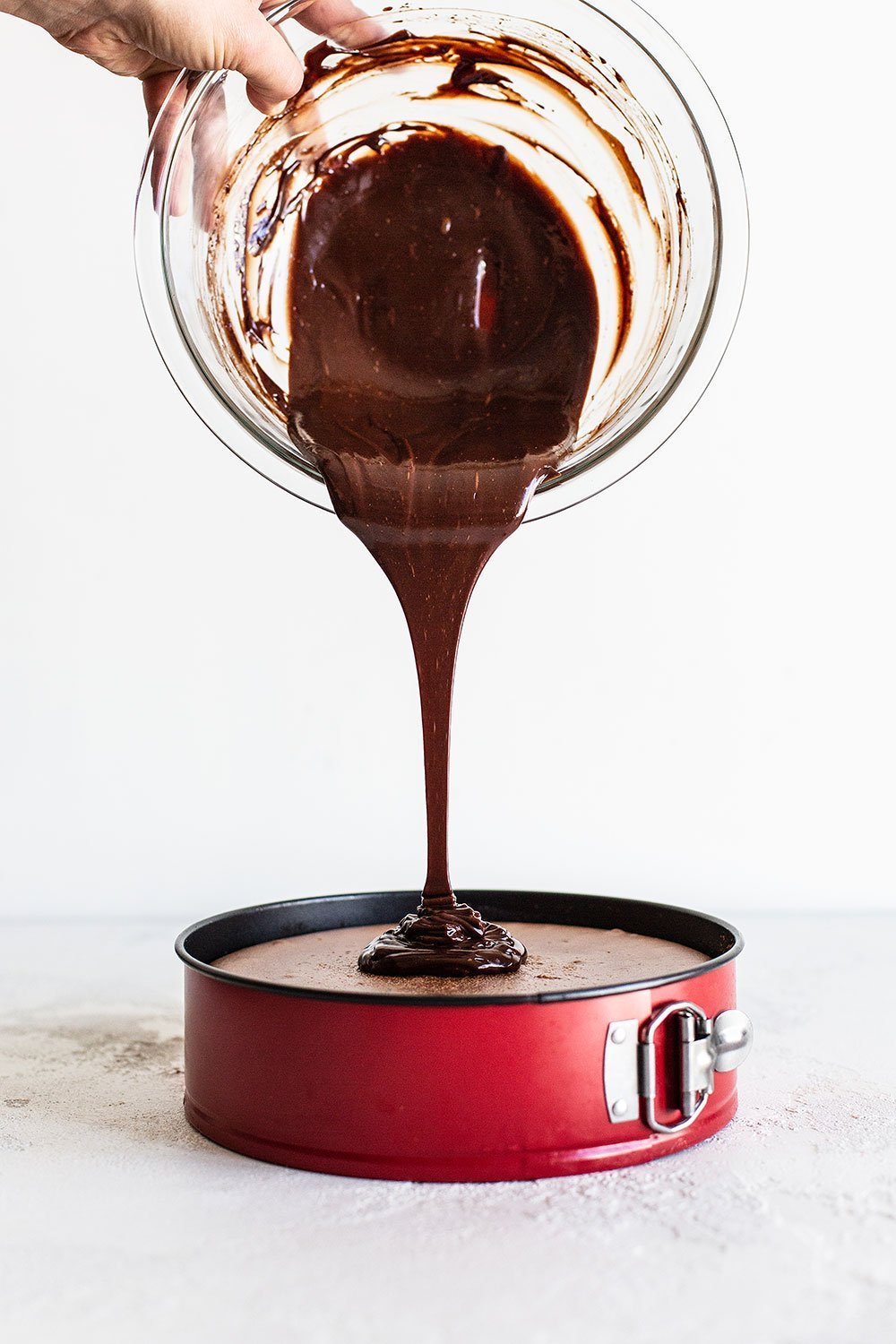

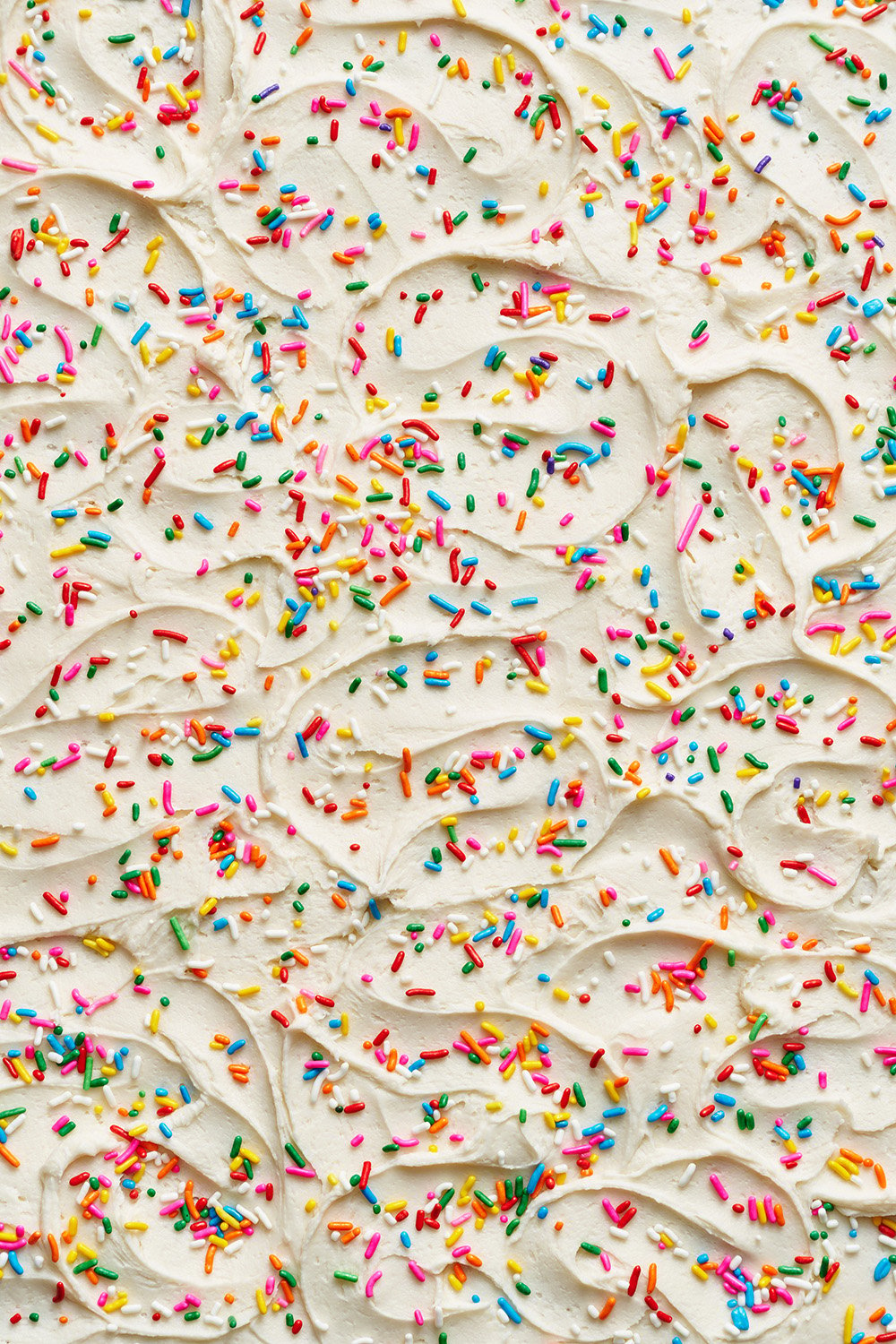
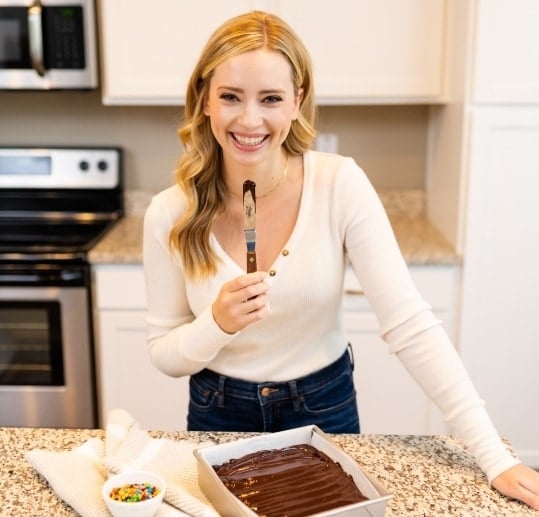

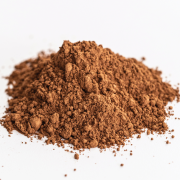
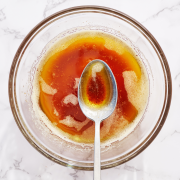
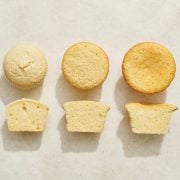
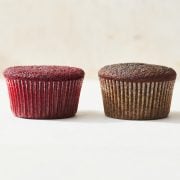
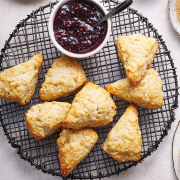
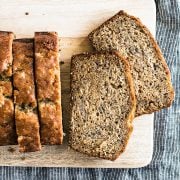
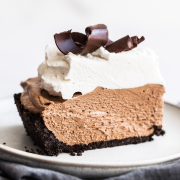
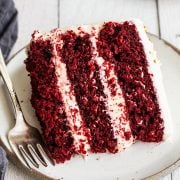








Could I use white chicolate ganache like a crumb coat on a 10 inch layered carrot cake filled with cream cheese filling. Want to top with flowers. Would ganache be drier than cream cheese frosting?? For a informal wedding where carrot cake has been requested.
Do you have a ganache recipe using raw cocoa, cream and a natural sweetener like monk fruit, for the sugar-free folks?
Hello Tessa
Thanks for the tip of adding corn syrup to the 2.1 ganache recipe. I live in the UK and my white choc ganache always splits whatever I do an always have to add corn syrup to bring it back again, so upping the chocolate toa 2.1 ratio, and adding corn surup will hopefully solve my ‘splitting’ problem, i also might try using coconut milk for a change. Now i know what to do if I have a problem makes life a lot easier. Thanks
Hi – Great tutorial /article ! When I make ganache – both chocolate & cream and chocolate & butter – and top something with it – i.e. brownies, etc can I leave them at room temp and for how long ( days, hours)? Or do they have to be refrigerated ?( re both cream & butter versions) Thanks!
Thank you for this post! This is exactly the guide I’ve been looking for! I’ve done my fair share of baking, but sometimes the recipes I use get the ratio of the ganache wrong, and against my better judgment, I still follow it and it ends up being either too thick or too liquidy. I’m so glad I found your site. I can’t wait to try your other wonderful looking recipes! – Your New Fangirl 😉
Can u freeze whipped Ganache? Thanks
hi, if I make the whipped ganache (2 cream to 1 chocolate) with almond milk will it actually whip up stiff enough to pipe, like in the video? thanks.
Hi Tessa; great guidance! These ratios actually work! In answer to one of the earlier questions, in the U.K., use double cream, and yes this is perfect to put on a cake under fondant icing!
Thanx so much for the video and tips. Made the wipped version for cupcakes….came out perfect and yummy!!!!
hi there. this post was informative. one question on the whisking, can you use a emulsifier. and just do small plus spurt? or would that mess it up.
Thank you for your delicious recipes! One quick question…I plan to use the 1:1 recipe to frost cupcakes I made (and have already cooled). I plan to serve them within a few hours after frosting. Do I need to add a stabilizer such as gelatin, or will the topping hold up? I don’t want to put the frosted cupcakes in the refrigerator because I’m afraid they will harden. Thanks.
I want to fill my cupcakes with chocolate ganache (yum!). But I want to make sure that it stays soft inside… almost like a pudding texture, when bitten in (like lava)… even if the cupcakes are refrigerated. The last thing i want is for it to be a lump of chocolate in the cupcake or for it to become one with the cupcake (and get lost). Any ideas on the ratios?